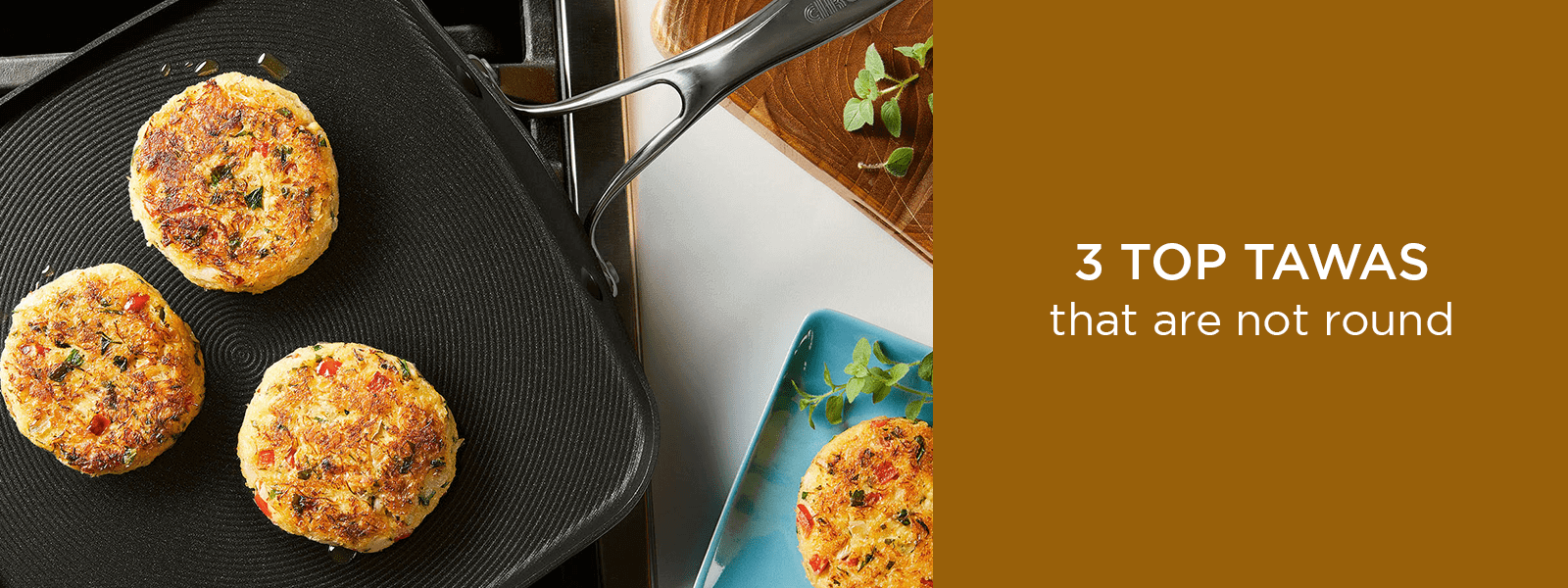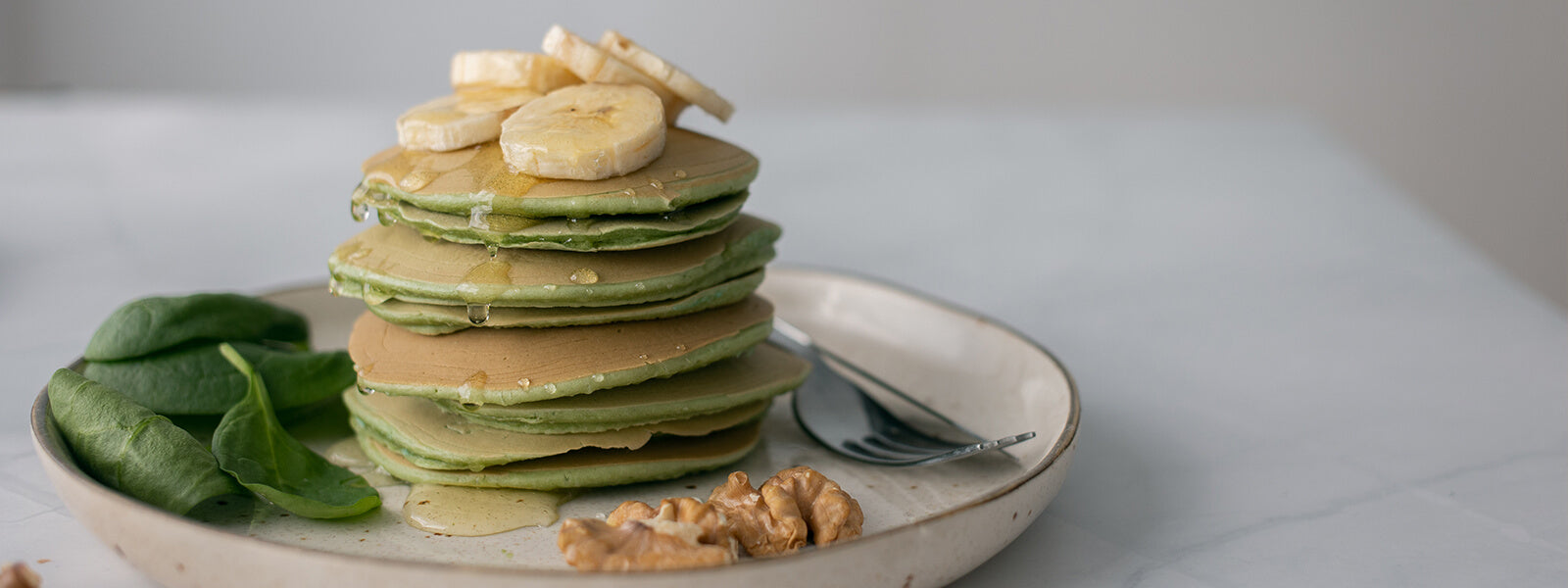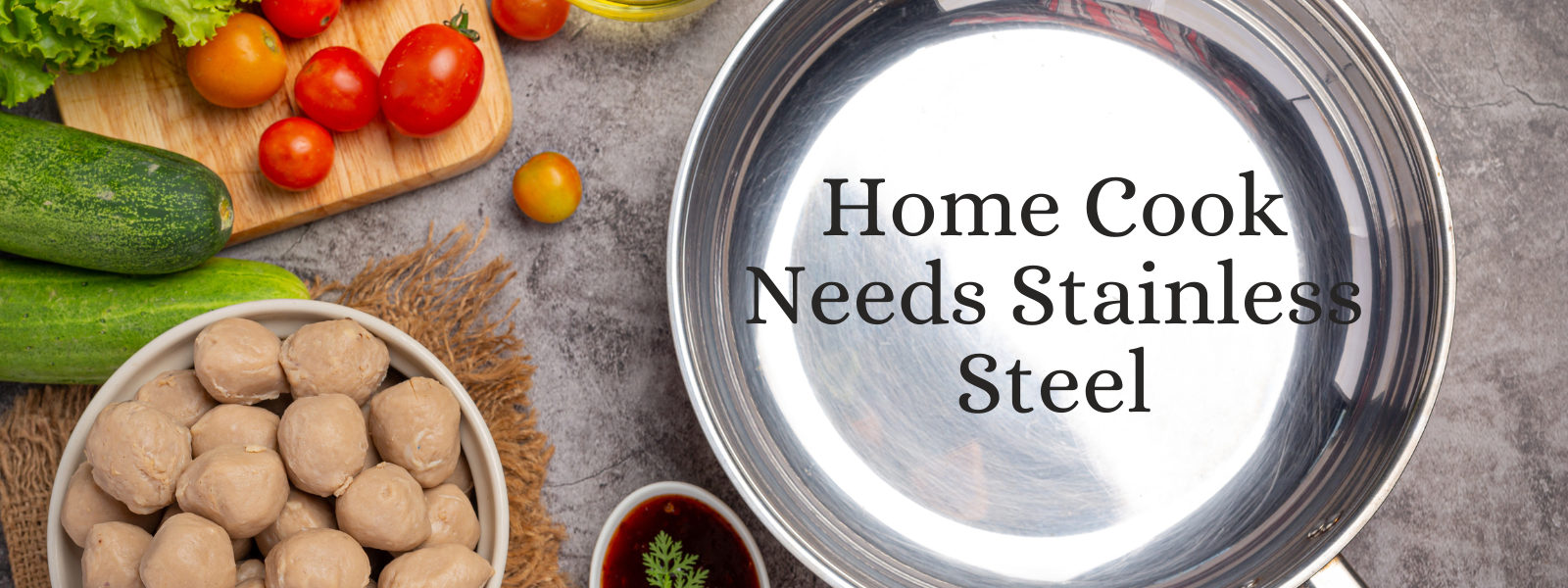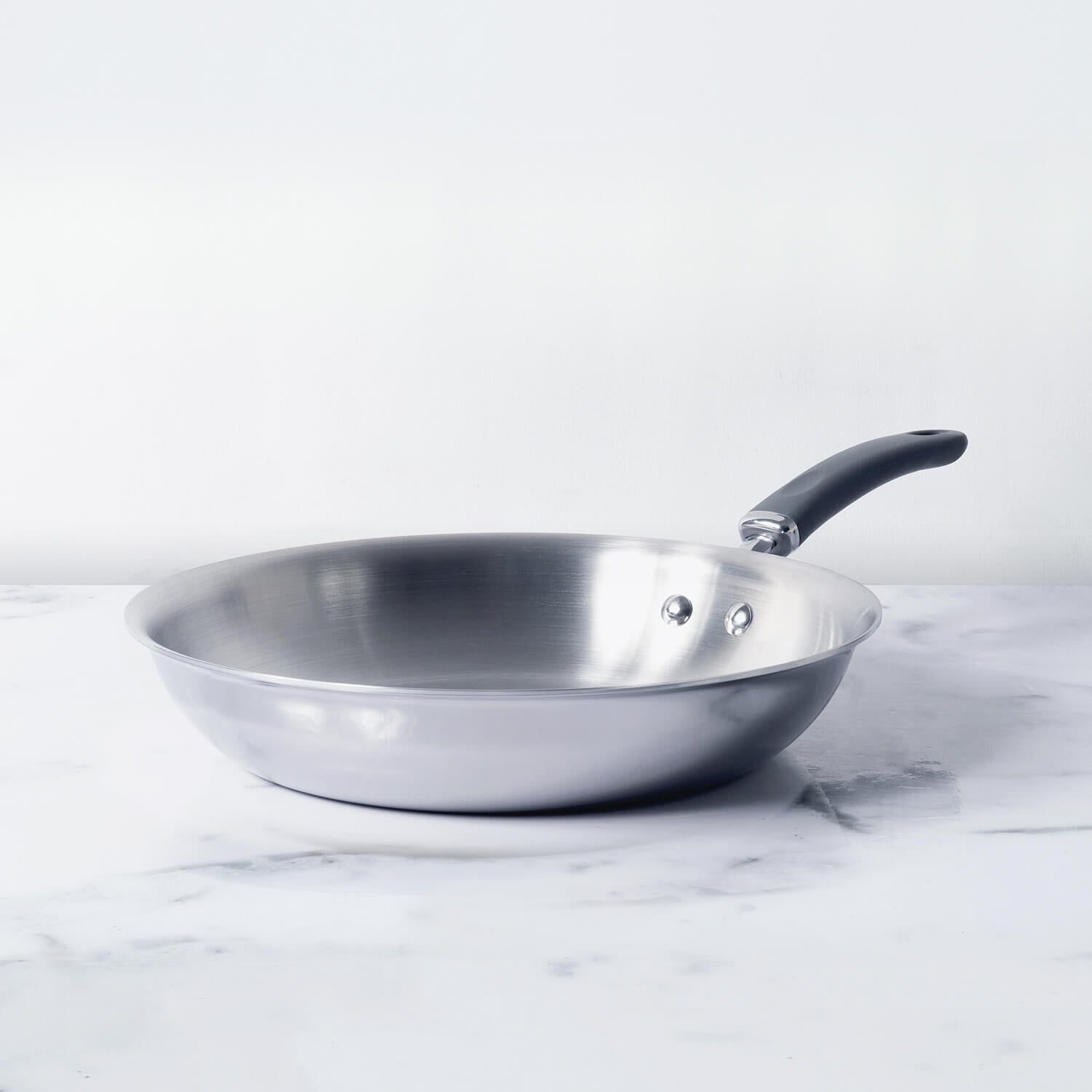Indian festivals revolve around joy, togetherness, and elaborate home-cooked meals. Whether it’s Diwali, Eid, Navratri, Onam, or Christmas, food is always at the heart of every celebration. From creamy kheer simmering on low flame to aromatic biryani layered with spices, festive recipes demand patience, skill, and most importantly—the right cookware.
The right pots and pans not only improve taste but also prevent common issues such as sticking, burning, uneven cooking, or loss of flavour. This guide explores the essential cookware needed for Indian festive cooking, with examples of high-quality Meyer cookware where relevant.
Table of Contents
Why Cookware Matters More During Festive Cooking
Festive dishes are often:
- Slow-cooked for long hours
- Prepared in larger quantities
- Layered, delicate, or milk-based
- Highly aromatic and dependent on heat control
Poor cookware can cause scorching, curdling, uneven browning or loss of moisture—problems that can ruin a festive dish midway. Using durable, high-quality cookware ensures that the flavours develop properly and the food cooks evenly, with minimal supervision.
The Essential Cookware for Festive Indian Recipes
Below is a breakdown of popular festive dishes and the best cookware to prepare them perfectly at home.
1. Heavy-Bottom Kadai for Halwas, Sabzis & Deep Frying
During festivals, a kadai becomes the most frequently used pan in the kitchen. It’s ideal for:
- Preparing gajar halwa, suji halwa, and lauki halwa
- Deep-frying snacks like pakoras, gujiyas, laddus, and bondas
- Tempering spices and making rich sabzis
For such intensive cooking, a heavy-gauge kadai is essential because it distributes heat evenly and prevents burning—especially while stirring halwas or frying batches continuously.
A tri-ply stainless steel kadai or a hard-anodised deep kadai (such as Meyer Accent Series Stainless Steel Stockpot, Circulon Clad Stainless Steel Casserole/Biryani Pot With Hybrid SteelShield And Nonstick Technology) is ideal for high-heat, long-duration festive cooking.
2. Heavy-Bottom Saucepan for Kheer, Payasam and Rabri
Milk-based desserts are sensitive to heat. The wrong pan may cause:
-
milk to stick and brown
-
sugar to caramelise too quickly
-
uneven thickening
A thick-bottom saucepan or triply milk pan gives you the slow, steady heating required to simmer milk down for kheer, payasam or rabri. The even heat control reduces the constant stirring that these dishes usually demand.
A stainless steel saucepan with a layered base (such as the Meyer triply range) ensures that milk doesn’t scorch easily while delivering a balanced, creamy texture.
3. Cast Iron Tawa for Festive Rotis, Naans and Parathas
During family gatherings, batches of rotis, parathas and naans are made continuously. Cast iron is ideal because:
- It retains high heat
- Gives beautiful browning
- Makes rotis soft and puffed
- Enhances flavour over time
A pre-seasoned cast iron tawa offers natural non-stick abilities without chemicals, making it perfect for festive cooking. Meyer’s pre-seasoned cast iron tawas are crafted for Indian kitchens, delivering consistent results whether you’re making plain rotis or festive parathas stuffed with dry fruit or paneer.
4. Non-Stick Tawa or Frypan for Festive Snacks and Quick Frying
Certain festive favourites require minimal oil and delicate handling, such as:
- Malpua
- Cheela
- Chiroti
- Puran poli
A good-quality non-stick frypan or tava ensures that thin batters and delicate foods do not break or stick. Modern non-stick cookware with durable coatings—such as Circulon’s patented Hi-Low patterned pans—offer effortless food release, making festive cooking faster and frustration-free.
5. Steamer or Multi-Pot for Dhokla, Modak, Momos and Idlis
Festivals often include steamed delicacies that require controlled heat and even steam distribution. A steamer is perfect for:
- Soft idlis for breakfast
- Fluffy dhokla
- Ukadiche modak during Ganesh Chaturthi
- Momos, puttu, kozhukattai and more
A multi-tier stainless steel steamer like the Meyer 3-In-1 Multi Steamer allows multiple dishes to be prepared at once—saving time, gas, and effort during busy festive schedules.
6. Grill Pan or Griddle for Tandoori Starters
Festivals call for appetisers like tandoori paneer, tikka, seekh kebabs and grilled vegetables. A cast iron or non-stick grill pan gives:
-
smoky, charred lines
-
quick searing
-
high-heat performance
-
tandoor-like results on a gas stove
For home cooks wanting that festive restaurant flavour, pans like the cast iron grill pans or non-stick grill pans from Meyer’s collections can mimic tandoori-style cooking beautifully.
Meyer Cast Iron curved Kadai without Lid, 24cm
How to Choose Cookware for Festive Indian Cooking
Here are important factors to consider while building your festive cookware collection:
1. Look for heavy-gauge metal
Festive recipes are rich and time-intensive. Heavy cookware prevents burning and ensures better flavour development.
2. Choose materials based on the dish
- Triply stainless steel for biryanis, gravies
- Cast iron for parathas, kebabs
- Non-stick for sweets and delicate snacks
- Steamers for traditional snacks
3. Opt for cookware with tight-fitting lids
Moisture retention is essential for dum biryani, kheer, pulao, and slow-cooked dishes.
4. Prioritise multi-use cookware
During festivals, versatile cookware saves time and storage space. Casseroles, deep kadais and steamers work for a wide range of festive preparations.
5. Ensure induction compatibility if you use dual cooktops
Most modern cookware, including Meyer’s stainless steel and cast-iron pieces, supports induction.
Conclusion
Festive cooking in India is an emotional and cultural experience, infused with family traditions and flavours passed across generations. The right cookware plays a vital role in ensuring authenticity, ease, and perfect results—whether you’re simmering kheer on a quiet evening or preparing biryani for a grand festive gathering.
From heavy-bottom kadais for halwa to triply casseroles for biryani and cast iron tawas for rotis, choosing the right tools enhances flavour, reduces cooking stress, and makes celebration meals truly memorable.













Leave a comment